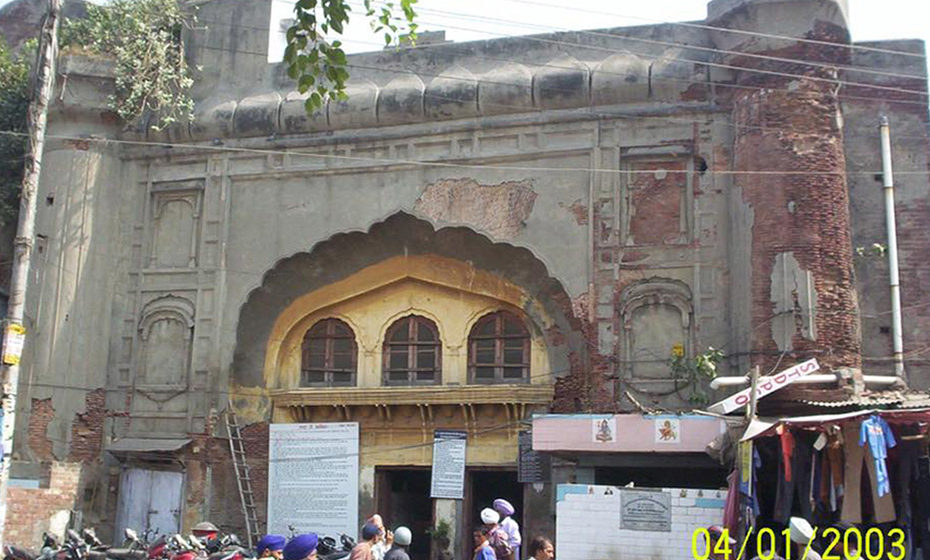Rambagh Gate before restoration – photo courtesy: Gurmeet Sangha Rai
By Vidya Pradhan
Most Indians feel a sense of despair when thinking about the monuments and artifacts that make up our long and rich history. The few that survive the wars and conquests the peninsula has been subjected to over the centuries are often in a state of neglect, even abandonment, often defaced with graffiti and left crumbling to the elements. But here is a feel-good story about an amazing act of preservation and conservation that is sure to raise your spirits.
In 2015, the Ministry of Housing and Urban Affairs, Government of India, launched the National Heritage City Development and Augmentation Yojana (HRIDAY) scheme, with a focus on holistic development of heritage cities.
Amritsar was one of the heritage cities identified by the project. The city was once known as Sheher-e-Panah, the city of refuge, and its people were protected by construction, by Maharaja Ranjit Singh, of a robust, double fortification wall and moat that surrounded the city over a length of eight kilometers. Entry to the city was through 12 gates of which all but Rambagh Gate was demolished by the British when they gained control of the city. This gate housed a police outpost for over a century till almost a decade ago.
This historic Rambagh Gate area was chosen for heritage revitalization and transformation under the HRIDAY scheme and the results are displayed in a Lok Virsa (People’s Museum) that is housed inside the gate, dedicated to Amritsar and its people’s cultural history. The museum is a participatory space narrating people’s stories and creating a revitalized perception of Amritsar.
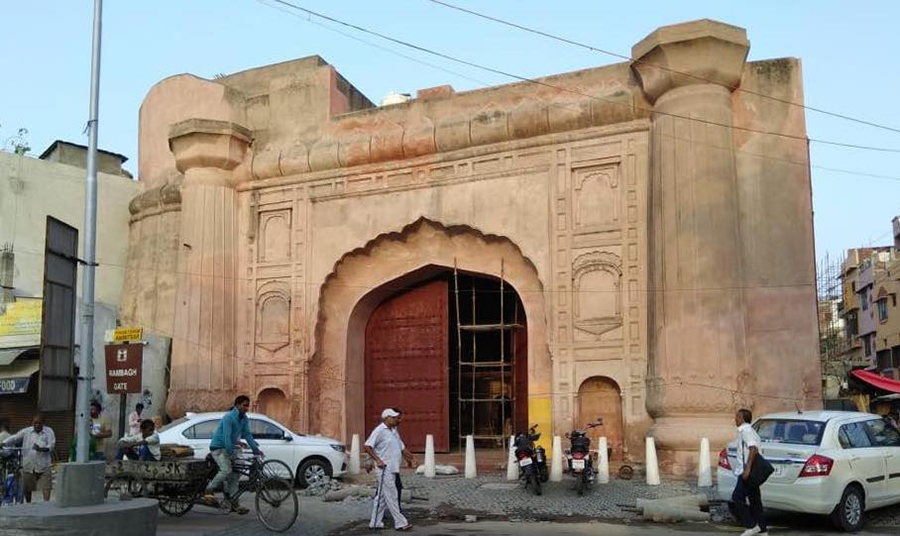
“The Rambagh Gate, like the city, is steeped in layers of history,” says conservation architect Gurmeet Rai, Director at the International Council on Monuments and Sites (ICOMOS). “The gate was used by Ranjit Singh to travel from the Rambagh Gardens to Harmandir Sahib (the Golden Temple). After the British took over the area, it was home to a police chowki, a 100-year old printing press, and a children’s school.”
As part of the Cultural Resource Conservation Initiative, the gate, printing press, and school were renovated under the direction of Rai and a team from Creative Image Media Pvt. Ltd which included Museologist and Heritage Practitioner Moushumi Chatterji. Façade development of surrounding bazaar, with colours and motifs inspired from traditional Sikh school of painting have added a vibrant character to the precinct, along with open and green spaces. The historic city wall adjoining the Rambagh Police station is being developed as a Shaher-e-Panah – Police Interpretation Centre.
“Our mandate was also to conceptualize a city museum,” adds Rai, “and we felt that the gate was the most appropriate location.” With a busy market dating from the time of the Partition, and the remnants of the historic ramparts, it felt like a place open to both historical narratives and the daily experiences of people.”
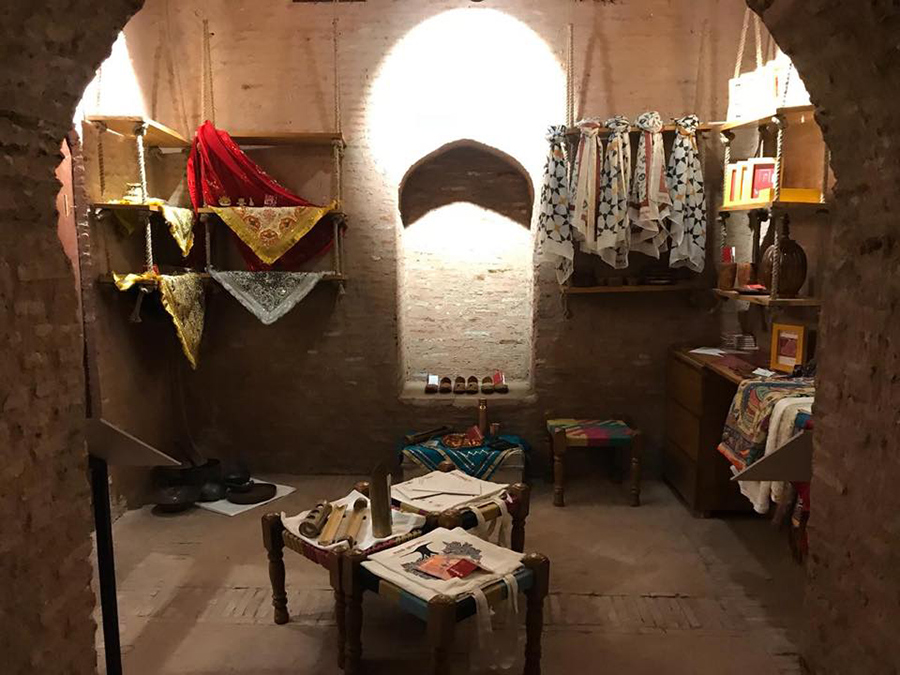
The concept of the city museum revolves around the idea of Lok Virsa being an orientation center, a starting point of interaction with the city. Says Chatterji, “We developed five layered lenses to reimagine the city away from the dominant narratives.”
Reverence: Recognizing confluence of spiritual connection and holistic living embodied within the cultural and sacred landscape of Amritsar.
Revelation: Unfolding the unique layers of urban fabric of Amritsar from its inception in the late 16th Century till contemporary times.
Resonance: Celebration of cultural diversity and creativity of the people of Amritsar.
Remembrance: Remembrance of the grit, valour, and tenacious spirit to fight against the oppressors and acknowledgement of the sufferings and loss of the people of the land.
Reconciliation: Heal the scars of the past and embrace the profound teachings of Guru Nanak that places a value on ‘Universal Brotherhood of Man’.
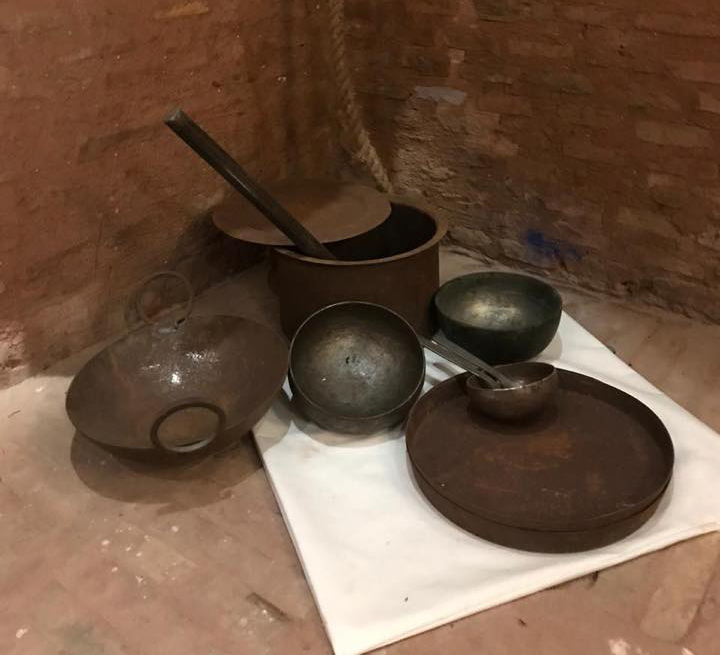
Adds Chatterji, “The galleries have been positioned against the 5R’s – through installations, audios, videos, local memorabilia, print material etc. It is not a usual artefact-based experience.”
Some of the galleries/experiences that visitors can experience are:
The Baksa aur Sandook Gallery – takes you through the idea of personal memory and partition story. Audios on local shopkeepers around Rambagh Gate who migrated to Amritsar from across the border during partition and resurrected new lives there.
The Revelation Gallery: A 10 minute video projection on the story of Amritsar.
The Remembrance Gallery: The installation takes the form of letter-cut dates of significant events that marred the landscape with blood, pain and loss.
The Resonance Gallery – Celebration of cultural diversity and creativity of the people of Amritsar. An array of intangible cultural heritage of Amritsar is on display – brochures, cue cards on crafts, eateries etc., video on diverse craft skills, merchandise sourced from local markets.
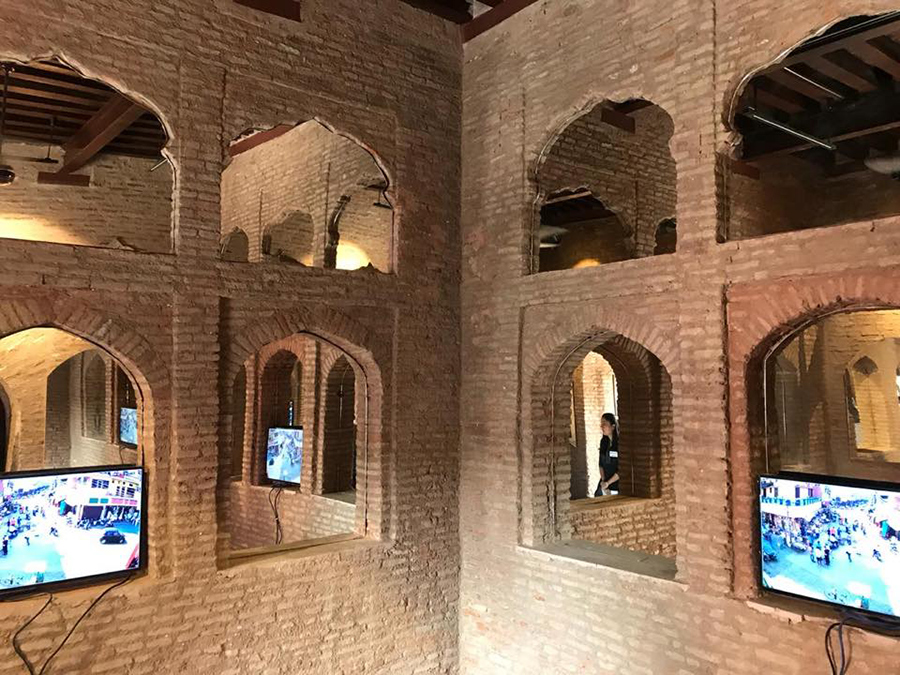
Trained docents also take you to the redeveloped market area and the British era press and the Rambagh government school.
Unlike traditional museums, the Lok Virsa project in Amritsar is meant to be an experience, a revisiting of the cultural and historical journey of the area and a retelling of the stories experienced by the city in its colorful and complex history. Sure to be on every tourist’s Must Visit list, its unique concept also invites Amritsar’s long-time residents to reconnect with their ancestry and heritage and prompt generational reminiscences.

